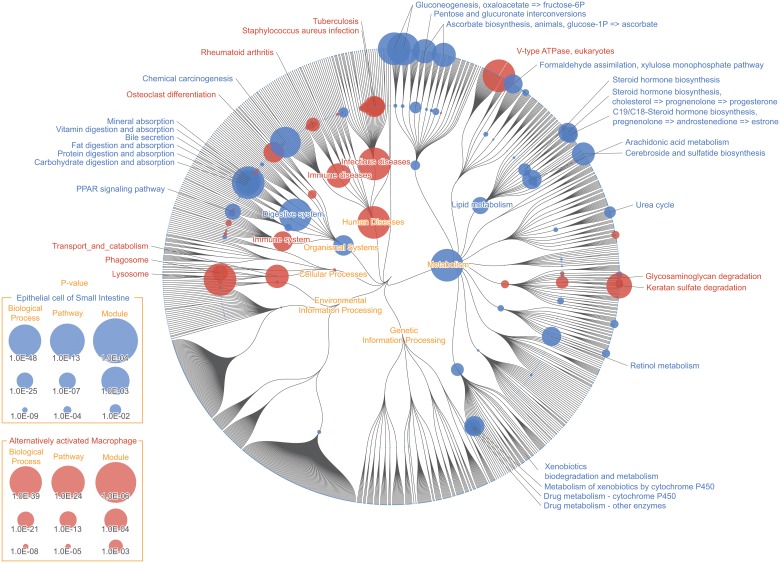Fig 6. Transcriptomic mapping: Epithelial cell of small intestine and alternatively activated macrophage.
Color node represents biological functions that were enriched in the “Epithelial cell of small intestine”(Blue) and “Alternatively activated Macrophage”(Red). Node size corresponds to inverse p-value of enrichment analysis, based on Fisher’s exact test, of the 590 over-expressed genes for “Epithelial cell of small intestine” and 309 over-expressed genes for “Alternatively activated Macrophage”, detected in microarray experiment. Digestive functions including "Fat digestion and absorption (map04975)", "Vitamin digestion and absorption (map04977)", "Mineral absorption (map04978)", "Bile secretion (map04976)", and "Pancreatic secretion (map04972)" were uniquely enriched, validating our knowledge about intestinal epithelium. Pathways under the category “Transports and catabolism” including "Lysosome (map04142)" and "Phagosome (map04145)" were uniquely enriched in “Alternatively activated Macrophage”, Pathways categorized under "Digestive system", including "Fat digestion and absorption (map04975)", "Vitamin digestion and absorption (map04977)", "Mineral absorption (map04978)", "Bile secretion (map04976)", and "Pancreatic secretion (map04972)" were significantly enriched in "Epithelial cell of small intestine", which validates our knowledge that intestinal epithelium is where many of the digestive process takes place (S3 Table). Another characteristic of this cell was the enrichment of pathways categorized under "Endocrine system" including, "PPAR signaling pathway (map03320)", "Leukocyte transendothelial migration (map04670)", "Renin-angiotensin system (map04614)", "Insulin secretion (map04911)", "Ovarian steroidogenesis (map04913)", "Melanogenesis (map04916)", and "Thyroid hormone synthesis (map04918)". This also is consistent with known knowledge, that the epithelium of the small intestine is also comprised of enteroendocrine cell which produces gastrointestinal hormones to initiate digestive response and protective function against harmful substances [21]. Functions that characterize the “Alternatively activated macrophage” were pathways categorized under "Transports and catabolism" which includes, "Lysosome (map04142)", "Phagosome (map04145)", "Cell adhesion molecules (map04514)", and "Cytokine-cytokine receptor interaction (map04060)". “Lysosome (map04142)” and “Phagosome (map04145)” plays a crucial role during the process where macrophage ingests target pathogens.

